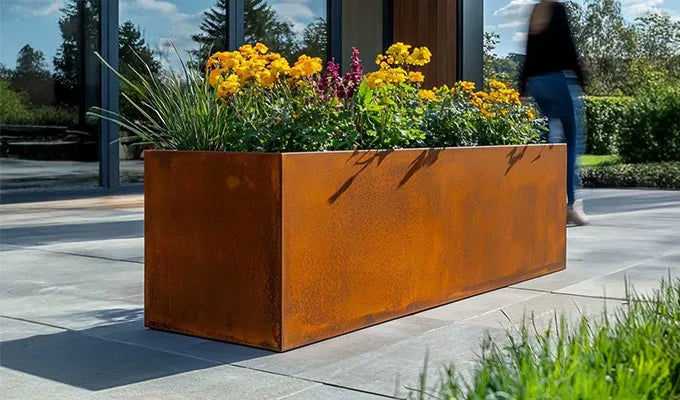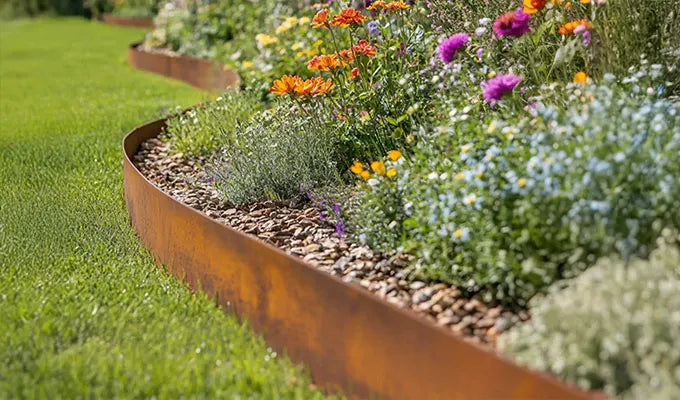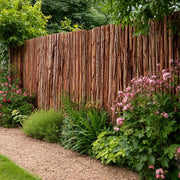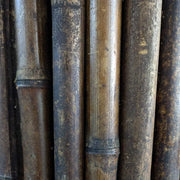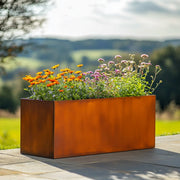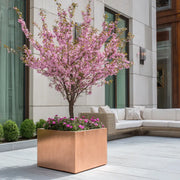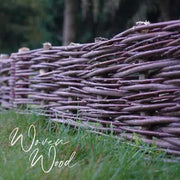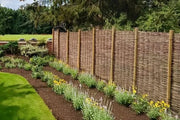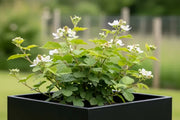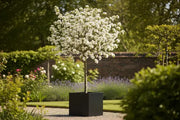The Versatile Maple: From Syrup to Symbol
When one thinks of the maple, the mind often conjures images of Canada and vibrant red leaves. Yet, the maple, or Acer, is a diverse and celebrated resident of the British landscape, adding structure, seasonal drama, and delicate beauty to gardens and wilder spaces alike.
While we may not have vast forests for syrup production, the UK is home to its own native species and hosts a spectacular array of ornamental varieties that thrive in our temperate climate. Our only true native is the Field Maple (Acer campestre). A stalwart of ancient hedgerows and woodlands, it’s a hardy, medium-sized tree with distinctive, corky bark and five-lobed leaves that turn a glorious, buttery yellow in autumn. Then there is the Sycamore (Acer pseudoplatanus). Though introduced centuries ago, it has so thoroughly naturalised that it feels like a native. A large, robust tree, it is tolerant of wind and pollution, making it a common sight in urban parks and windswept coastal areas.
Growing Maples in the British Garden
For gardeners, the real stars are often the elegant Japanese Maples (Acer palmatum). With thousands of cultivars available, they offer an incredible range of leaf shapes, colours, and growth habits. From the deep purples of 'Bloodgood' to the finely dissected, bright green leaves of 'Dissectum', there is a Japanese Maple for almost any garden design.
How to Grow:
Most maples are relatively easy to grow. The key is providing the right conditions from the start. They generally prefer a sheltered position, as strong winds can tatter their beautiful leaves, and a late, hard frost can damage new spring growth. Most will thrive in full sun or partial shade, although many red and purple-leafed varieties display their best colour in a sunnier spot. The ideal soil is moist but well-drained; they will not tolerate sitting in waterlogged ground. For Japanese Maples, a neutral to slightly acidic soil is preferable.
Perfect for Planters
The compact and slow-growing nature of many Japanese Maple cultivars makes them ideal subjects for container gardening, bringing their architectural form and seasonal colour to patios, balconies, and smaller spaces.
When growing in a planter, choose a pot that is large enough to allow for a few years of growth and has ample drainage holes. Use a loam-based compost, such as John Innes No. 3, as it retains moisture and nutrients better than multi-purpose compost. Container-grown plants require more consistent care; they must be watered regularly, especially during dry spells, as pots can dry out very quickly. A balanced liquid feed during the growing season from April to August will keep them healthy. It is best to repot your maple every two to three years in early spring to refresh the compost and give the roots more space.
From Flower to 'Helicopter'
While celebrated for their foliage, maples do of course flower and produce fruit. The flowers, appearing in spring (typically April to May), are often inconspicuous. They grow in small, drooping or upright clusters and are usually a shade of yellow-green. Though easily overlooked by us, they are a valuable source of early nectar and pollen for bees and other insects.
Following pollination, the flowers develop into one of the most recognisable tree seeds in the world: the samara. These are the winged seeds, affectionately known as 'helicopters' or 'keys', that spin and twirl as they fall. They grow in pairs and ripen through the summer, ready to be dispersed by the wind from late summer into autumn. For many, the sight of these spinning seeds is as much a symbol of the season as the turning leaves.
From the sturdy Field Maple in a country hedge to a delicate Japanese Maple in an urban courtyard, these versatile trees are a fundamental part of the British gardening palette, offering a year-round display that culminates in that unforgettable blaze of autumn colour.


